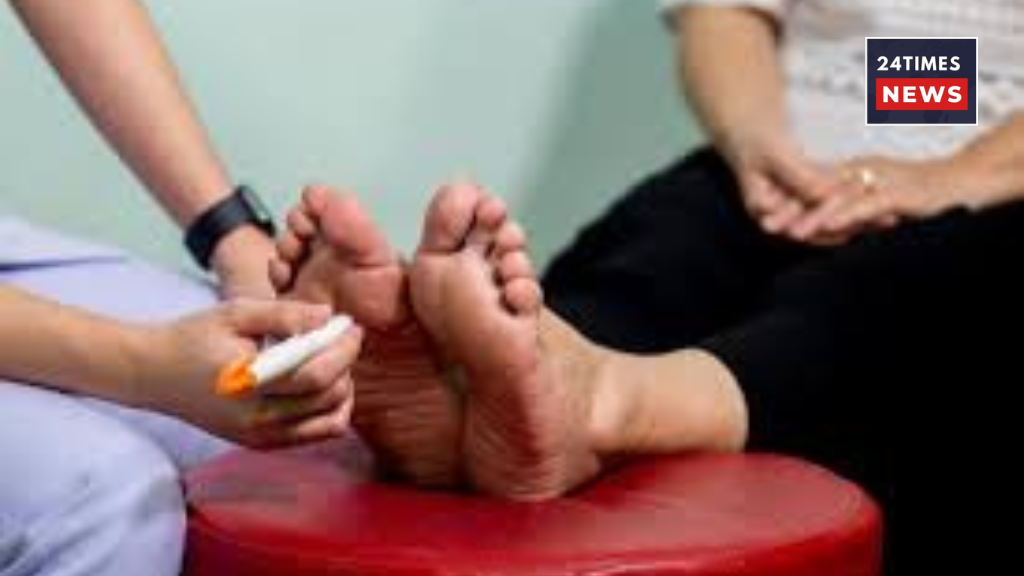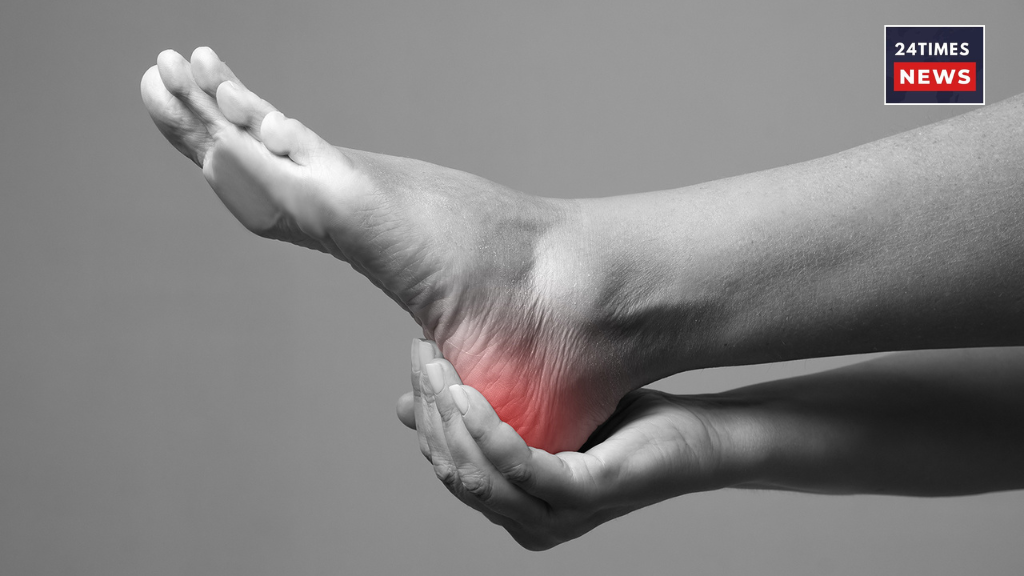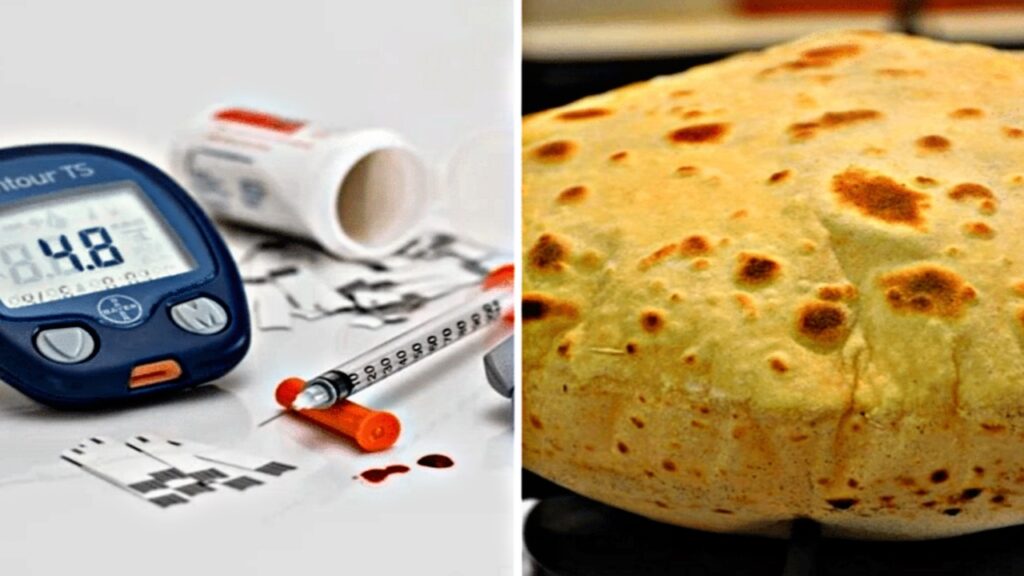Diabetic Neuropathy
Tingling, burning, numbness, or problems with balance can signal the early stages of diabetic neuropathy. Knowing the warning signs, practicing regular self-checks, and seeking timely medical advice can help protect your nerves.
At first, diabetic neuropathy is often silent. The earliest damage from chronic high blood sugar may appear as subtle changes in how your feet feel, how steadily you walk, or how your stomach functions. Detecting these symptoms early matters: prompt blood-sugar control, daily foot care, vitamin checks (such as B12 if you take metformin), and risk-factor management can slow the condition and help prevent infections, ulcers, and even avoidable amputations.

Tingling
A frequent first symptom is a tingling or “pins and needles” sensation in the toes—like faint buzzing or a crawling feeling. This occurs when tiny nerve fibers react to long-term high blood sugar. If the sensation persists or worsens at night, consult your doctor.
Burning Pain
Many people experience burning or shooting pain, sometimes described as electric shocks, which is often more intense at night and can disturb sleep. This results from small-fiber nerve damage. Early treatment can relieve discomfort and improve rest.
Numbness
Loss of touch or temperature sensation increases the risk of burns, blisters, and unnoticed injuries. Doctors commonly check for this with a tuning fork and a simple 10-gram monofilament test.

Heightened Sensitivity
Even light contact, such as a bedsheet brushing the skin, can feel painful (allodynia). Ordinary pain that feels unusually strong is called hyperalgesia. Both signal abnormal nerve responses and should be evaluated.
Balance Problems
When vibration and position sense decline, walking in the dark or on uneven ground can feel unsteady. You may find yourself watching your feet constantly or tripping more often. This suggests larger nerve involvement and calls for medical assessment.
Muscle Weakness
Weakness in the ankles or toes—difficulty pushing off the ground, climbing stairs, or frequent ankle twists—can indicate motor nerve damage. Supportive footwear and physical therapy help improve strength and reduce falls.
Early Autonomic Changes
Nerves that control involuntary functions may also be affected. Warning signs include a rapid heartbeat at rest, dizziness when standing, bloating or early fullness after meals, constipation or diarrhea, urgent urination, or reduced sweating that leaves the feet dry and cracked. These symptoms require medical attention.
How to Spot Problems Early
- Inspect your feet daily for cuts, calluses, nail changes, or color differences.
- Test warm and cool objects to check temperature sensation.
- Note any burning, tingling, or numbness—especially at night.
- Ask your doctor for an annual foot exam with vibration and monofilament testing.
- Report digestive issues, bladder problems, or unexplained dizziness promptly.
Never dismiss numbness, burning, tingling, or unexplained lightheadedness as “normal.” Early recognition and treatment—along with good blood-sugar, blood-pressure, and cholesterol control, smoking cessation, and targeted therapy—can preserve nerve function, protect mobility, and safeguard overall health.





